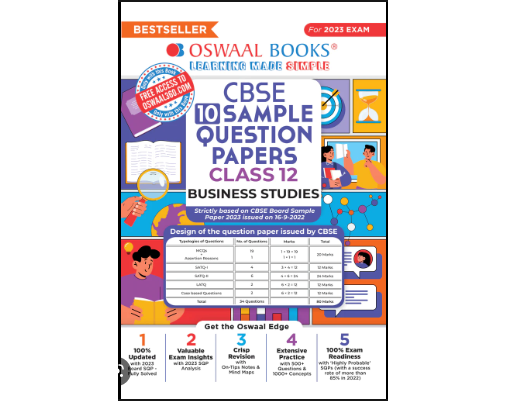Question 12:Krish limited is in the business of manufacturing and exporting carpets and other home décor products. It has a share capital of ₹ 70 lacs at the face value of ₹ 100 each. Company is considering a major expansion of its production facilities and wants to raise ₹ 50 lacs. The finance manager of the company Mr. Prabhakar has recommended that the company can raise funds of the same amount by issuing 7% debentures. Given that earning per share of the company after expansion is ₹ 35 and tax rate is 30%, did Mr. Prabhakar give a justified recommendation? Show the working.
The correct answer is – To determine if Mr. Prabhakar’s recommendation to issue 7% debentures is justified, we need to calculate the cost of equity and the cost of debt, and compare them to the cost of capital.
Given information:
-
Share capital = ₹70 lacs at the face value of ₹100 each
-
Company wants to raise ₹50 lacs
-
Earning per share after expansion = ₹35
-
Tax rate = 30%




